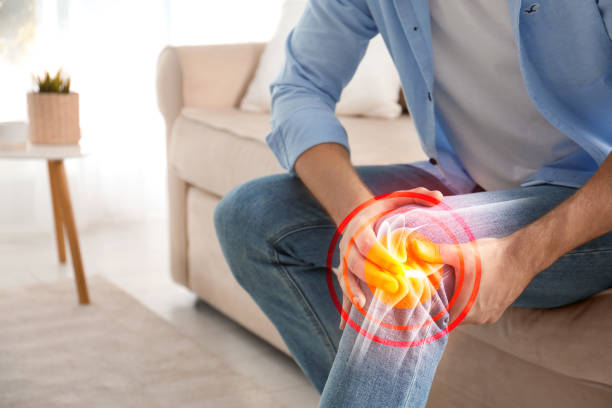Introduction
Integrated physical rehabilitation is a comprehensive approach designed to enhance mobility and improve the overall quality of life for individuals recovering from injuries, surgeries, or chronic conditions. This method combines various therapeutic techniques, including physical therapy, occupational therapy, and psychological support, creating a cohesive treatment plan tailored to each patient's specific needs. By focusing on the whole person rather than just the injury, integrated physical rehabilitation aims to address not only physical limitations but also emotional and psychological barriers to recovery.
Understanding Integrated Physical Rehabilitation
At its core, integrated physical rehabilitation seeks to create a seamless connection between different types of therapies to maximize the effectiveness of treatment. Physical therapists work on strengthening muscles and improving movement patterns, while occupational therapists assist patients in regaining the skills needed for daily activities. This dual approach ensures that patients not only recover physically but also learn to adapt to their circumstances, fostering independence and confidence in their abilities. Furthermore, incorporating psychological support helps address mental health issues, such as anxiety or depression, which may arise during the rehabilitation process. This holistic perspective is crucial, as emotional well-being significantly influences physical recovery.
Benefits of Integrated Physical Rehabilitation
The advantages of integrated physical rehabilitation extend beyond improved mobility. Patients often report enhanced motivation and engagement in their recovery journey due to the personalized nature of the treatment. As therapists collaborate, they can better monitor progress and make necessary adjustments to the rehabilitation plan, ensuring that each individual receives the most effective care possible. This approach not only accelerates physical healing but also promotes a sense of empowerment and ownership over one’s recovery. Additionally, integrated rehabilitation can lead to reduced healthcare costs over time, as comprehensive treatment often prevents the need for more extensive medical interventions down the line.
Conclusion
Integrated physical rehabilitation stands as a vital component of modern therapeutic practices, offering a holistic solution to those seeking to improve their mobility and overall well-being. By merging various therapeutic disciplines, this approach addresses both the physical and emotional challenges that individuals face during their recovery. As more healthcare professionals recognize the importance of treating the whole person, integrated physical rehabilitation is poised to become a standard in therapeutic care, ensuring that patients not only heal but thrive in their daily lives. Embracing this comprehensive model can significantly impact recovery outcomes, leading to enhanced mobility and a better quality of life.





Comments